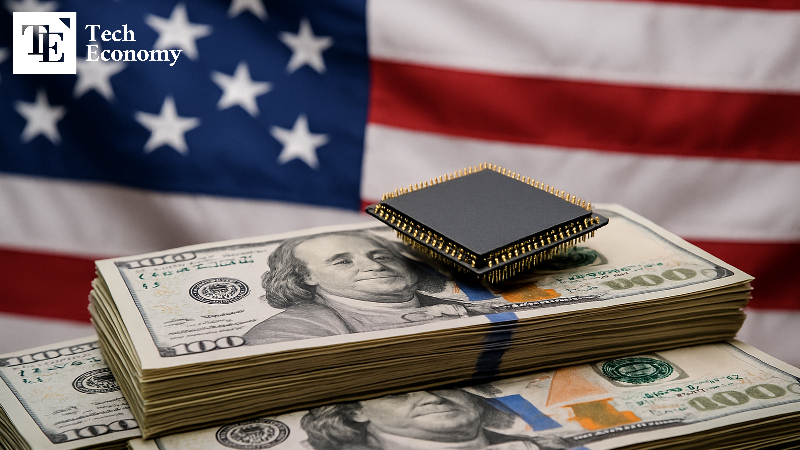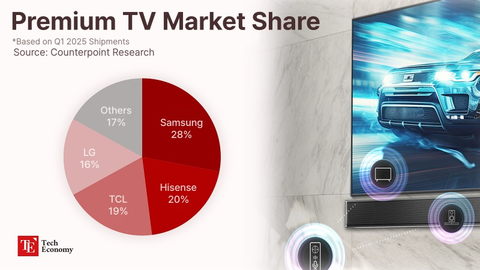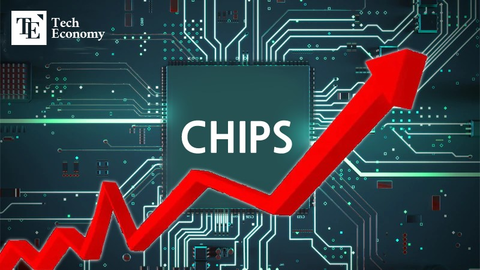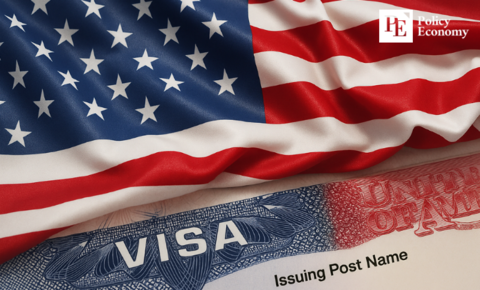U.S. Grants Nvidia, AMD Access to Chinese Market in Exchange for 15% of AI Chip Revenues
Input
Modified
15% of China AI Chip Sales to Go to U.S. Government
Wider Scope for Technology Exchange, Including High-Performance Memory
Partial Market Opening Could Accelerate China’s Growth

The U.S. government has agreed to let artificial intelligence (AI) chipmakers such as Nvidia and AMD access the Chinese market on the condition that they remit 15% of their AI chip sales revenue from China to Washington. The deal partially reflects Beijing’s demands for eased export restrictions on high-performance memory and AI chips, marking a conditional framework for cooperation between the two countries. Industry observers largely believe the move will give China greater access to certain hardware, enabling it to accelerate the pace of technological imitation.
Balancing Profit and Security: A New Policy Approach
According to a Financial Times report on the 10th, Nvidia and AMD recently agreed to provide the U.S. government with 15% of their China chip sales revenues in exchange for semiconductor export licenses. The revenue-sharing arrangement applies to Nvidia’s H20 chip and AMD’s MI308 chip, with the Biden administration yet to determine how the funds will be used.
Initially, Washington had planned to impose a blanket ban on AI chip sales to China. However, following a meeting between President Donald Trump and Nvidia CEO Jensen Huang, the administration opted to ease restrictions and impose a form of taxation instead. The Financial Times called it an “unprecedented agreement,” noting that it aligns with Trump’s broader pattern of leveraging tariffs to extract investment commitments from global companies under the banner of creating U.S. jobs and generating revenue.
The deal has drawn close attention from the tech sector. For years, the United States has restricted the export of critical technologies on national security grounds. This new approach blends economic gain with security considerations, marking a departure from a purely containment-oriented strategy. Analysts suggest Nvidia and AMD concluded that even after forfeiting a portion of their revenue, the long-term benefits of entering a massive market and securing future market share outweighed the costs.
For China, the arrangement means that government subsidies flowing to domestic companies — and to U.S. chipmakers — will ultimately channel back to the U.S. government. But given that securing semiconductors is central to industrial growth, Beijing appears willing to accept the trade-off. In the end, the agreement represents a complex intersection of technological, political, economic, and corporate interests.

HBM Exports as a Potential Bargaining Chip in Trade Talks
The move also marks a partial retreat from the long-standing U.S. policy of restricting advanced semiconductor exports to China. Last year, under President Joe Biden, Washington banned high-bandwidth memory (HBM) exports to China in a bid to prevent Huawei and SMIC from developing AI chips. The Trump administration maintained the policy until late July, when exports of Nvidia’s H20 chip — a China-specific model with downgraded performance — resumed, signaling a thaw.
Still, Beijing remains wary, as HBM is a critical component for developing proprietary AI chips. On August 8, the Financial Times reported that Chinese Vice Premier He Lifeng’s trade negotiation team has asked Washington to relax HBM export controls. With a Trump–Xi Jinping summit expected at the Asia-Pacific Economic Cooperation (APEC) meeting in October, many in Washington speculate Trump could ease HBM restrictions to facilitate progress in trade talks.
Some voices, however, are calling for even stricter controls and oversight. Critics warn that China is evading export restrictions by smuggling AI chips and repurposing Nvidia gaming chips — which are not subject to controls — for AI data centers. Representative John Moolenaar (R-MI), chair of the House Select Committee on the Chinese Communist Party, noted that “China is using gaming chips not covered by export controls to train advanced AI models” and urged the Commerce Department and Nvidia to take stronger action.
Hands-On Hardware Experience Could Shorten China’s Learning Curve
Industry analysts predict that the agreement will accelerate the growth of China’s semiconductor sector. In 2018, President Xi Jinping announced an ambitious plan to achieve 70% self-sufficiency in semiconductors by 2025 through domestic production of advanced chips. Yet by 2020, China’s self-sufficiency rate stood at just 15.9%, barely above the 15.1% recorded in 2014, and by 2022 nearly 4,000 semiconductor firms had closed, fueling speculation that the effort was failing.
At the time, market consensus held that China, as a latecomer in the fiercely competitive semiconductor arena, lacked the technological expertise to catch up. Meanwhile, the United States — seeking to solidify its dominance over the semiconductor supply chain — poured massive investments into the sector, enacted the CHIPS and Science Act, formed the “Chip 4” alliance with South Korea, Japan, and Taiwan, and restricted exports of U.S.-made chips to China, dealing a major blow to Beijing’s ambitions.
But China turned the crisis into an opportunity. In response to U.S. restrictions, it focused on advancing in semiconductor equipment, a segment with lower technological barriers, boosting domestic production and strengthening its supply chain. This in turn stabilized and upgraded the capabilities of foundries and other chipmakers. By meeting domestic semiconductor demand in sectors such as automotive and consumer electronics with locally made chips, China managed to boost self-sufficiency, which surged into the 30% range last year.
With the new agreement granting partial access to advanced hardware, analysts expect China to accelerate both technology imitation and internalization. Given that its manufacturing infrastructure and supply chains are already well-developed, direct exposure to cutting-edge chips and design techniques could significantly shorten the learning curve. However, such progress will still depend on comprehensive ecosystem support, including software, design tools, and semiconductor fabrication equipment. Ultimately, the deal is less about ending the U.S.-China tech rivalry than about finding a new equilibrium in the ongoing contest for technological supremacy.





















